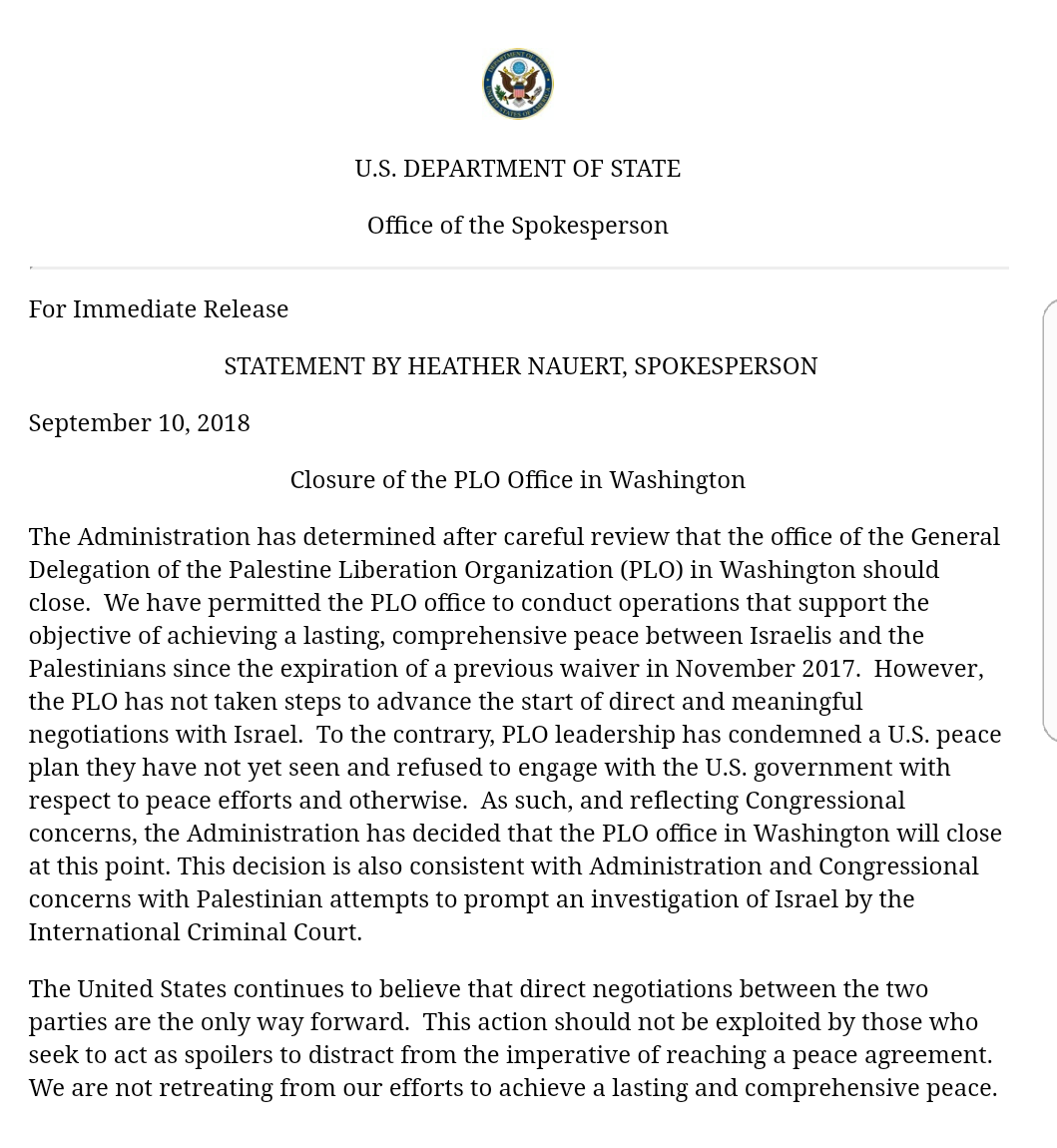Sorry folks, I "went out" last night....
(337) 08-18-2018-to-08-24-2018___****THE****WINDS****of****WAR****
http://www.timebomb2000.com/vb/show...8-24-2018___****THE****WINDS****of****WAR****
(338) 08-25-2018-to-08-31-2018___****THE****WINDS****of****WAR****
http://www.timebomb2000.com/vb/show...8-31-2018___****THE****WINDS****of****WAR****
(339) 09-01-2018-to-09-07-2018___****THE****WINDS****of****WAR****
http://www.timebomb2000.com/vb/show...9-07-2018___****THE****WINDS****of****WAR****
---------
For links see article source.....
Posted for fair use.....
https://www.stripes.com/news/army-to-create-new-air-defense-rocket-units-in-germany-1.546457
Army to create new air defense, rocket units in Germany
By MARTIN EGNASH AND JOHN VANDIVER | STARS AND STRIPES
Published: September 7, 2018
GRAFENWOEHR, Germany — The U.S. Army announced a plan Friday to add more firepower in Germany by creating new short-range air defense and rocket artillery units, in one of the largest troop boosts in Europe since the end of the Cold War.
The unit activations will begin this year and will result in about 1,500 more soldiers on the continent as well as their families by 2020.
The plan is to stand up a new field artillery brigade headquarters, two Multiple Launch Rocket System battalions, and additional supporting units in the Grafenwoehr Training Area; a short-range air defense battalion and additional supporting units in nearby U.S. Army Garrison Ansbach; and various supporting units at the Hohenfels Training Area and at the Army’s garrison in Baumholder.
The overseas force structure change is a result of the 2017 National Defense Authorization Act, which directs the Army to increase its numbers, service officials said. A significant portion of the expected growth will occur in Europe to counter a more aggressive Russia.
“The addition of these forces increases U.S. Army readiness in Europe and ensures we are better able to respond to any crisis,” U.S. Army Europe said in a statement.
The Army has yet to designate names for the new units, which will result from new activations rather than relocating forces from the United States.
Besides activating new units, the Army plans on relocating the following units in Europe to make space for the incoming troops:
Most of the forces coming to Europe over the past four years have been on rotational missions rather than permanently assigned to U.S. European Command’s area of responsibility.
EUCOM and USAREUR had expressed concern about a lack of short-range fires capability on the Continent.
In March, EUCOM chief Gen. Curtis M. Scaparrotti told Congress he needed an Army fires brigade added to the permanent force structure in Europe. A month later, the National Guard’s South Carolina-based 678th Air Defense Artillery Brigade was deployed to Germany on a rotational basis.
Earlier this year, the Army in Europe, for the first time in 15 years, began training on the FIM-92 Stinger Man-Portable system in Hohenfels.
egnash.martin@stripes.com
Twitter: @Marty_Stripes
vandiver.john@stripes.com
Twitter: @john_vandiver

(337) 08-18-2018-to-08-24-2018___****THE****WINDS****of****WAR****
http://www.timebomb2000.com/vb/show...8-24-2018___****THE****WINDS****of****WAR****
(338) 08-25-2018-to-08-31-2018___****THE****WINDS****of****WAR****
http://www.timebomb2000.com/vb/show...8-31-2018___****THE****WINDS****of****WAR****
(339) 09-01-2018-to-09-07-2018___****THE****WINDS****of****WAR****
http://www.timebomb2000.com/vb/show...9-07-2018___****THE****WINDS****of****WAR****
---------
For links see article source.....
Posted for fair use.....
https://www.stripes.com/news/army-to-create-new-air-defense-rocket-units-in-germany-1.546457
Army to create new air defense, rocket units in Germany
By MARTIN EGNASH AND JOHN VANDIVER | STARS AND STRIPES
Published: September 7, 2018
GRAFENWOEHR, Germany — The U.S. Army announced a plan Friday to add more firepower in Germany by creating new short-range air defense and rocket artillery units, in one of the largest troop boosts in Europe since the end of the Cold War.
The unit activations will begin this year and will result in about 1,500 more soldiers on the continent as well as their families by 2020.
The plan is to stand up a new field artillery brigade headquarters, two Multiple Launch Rocket System battalions, and additional supporting units in the Grafenwoehr Training Area; a short-range air defense battalion and additional supporting units in nearby U.S. Army Garrison Ansbach; and various supporting units at the Hohenfels Training Area and at the Army’s garrison in Baumholder.
The overseas force structure change is a result of the 2017 National Defense Authorization Act, which directs the Army to increase its numbers, service officials said. A significant portion of the expected growth will occur in Europe to counter a more aggressive Russia.
“The addition of these forces increases U.S. Army readiness in Europe and ensures we are better able to respond to any crisis,” U.S. Army Europe said in a statement.
The Army has yet to designate names for the new units, which will result from new activations rather than relocating forces from the United States.
Besides activating new units, the Army plans on relocating the following units in Europe to make space for the incoming troops:
- 1st Inland Cargo Truck Company – Grafenwoehr to Kaiserslautern
- 18th Military Police Brigade – Grafenwoehr to Vilseck
- 44th Expeditionary Signal Battalion – Grafenwoehr to Baumholder
- 51st Truck Company – Baumholder to Grafenwoehr
- 709th Military Police Battalion – Grafenwoehr to Vilseck
Most of the forces coming to Europe over the past four years have been on rotational missions rather than permanently assigned to U.S. European Command’s area of responsibility.
EUCOM and USAREUR had expressed concern about a lack of short-range fires capability on the Continent.
In March, EUCOM chief Gen. Curtis M. Scaparrotti told Congress he needed an Army fires brigade added to the permanent force structure in Europe. A month later, the National Guard’s South Carolina-based 678th Air Defense Artillery Brigade was deployed to Germany on a rotational basis.
Earlier this year, the Army in Europe, for the first time in 15 years, began training on the FIM-92 Stinger Man-Portable system in Hohenfels.
egnash.martin@stripes.com
Twitter: @Marty_Stripes
vandiver.john@stripes.com
Twitter: @john_vandiver

